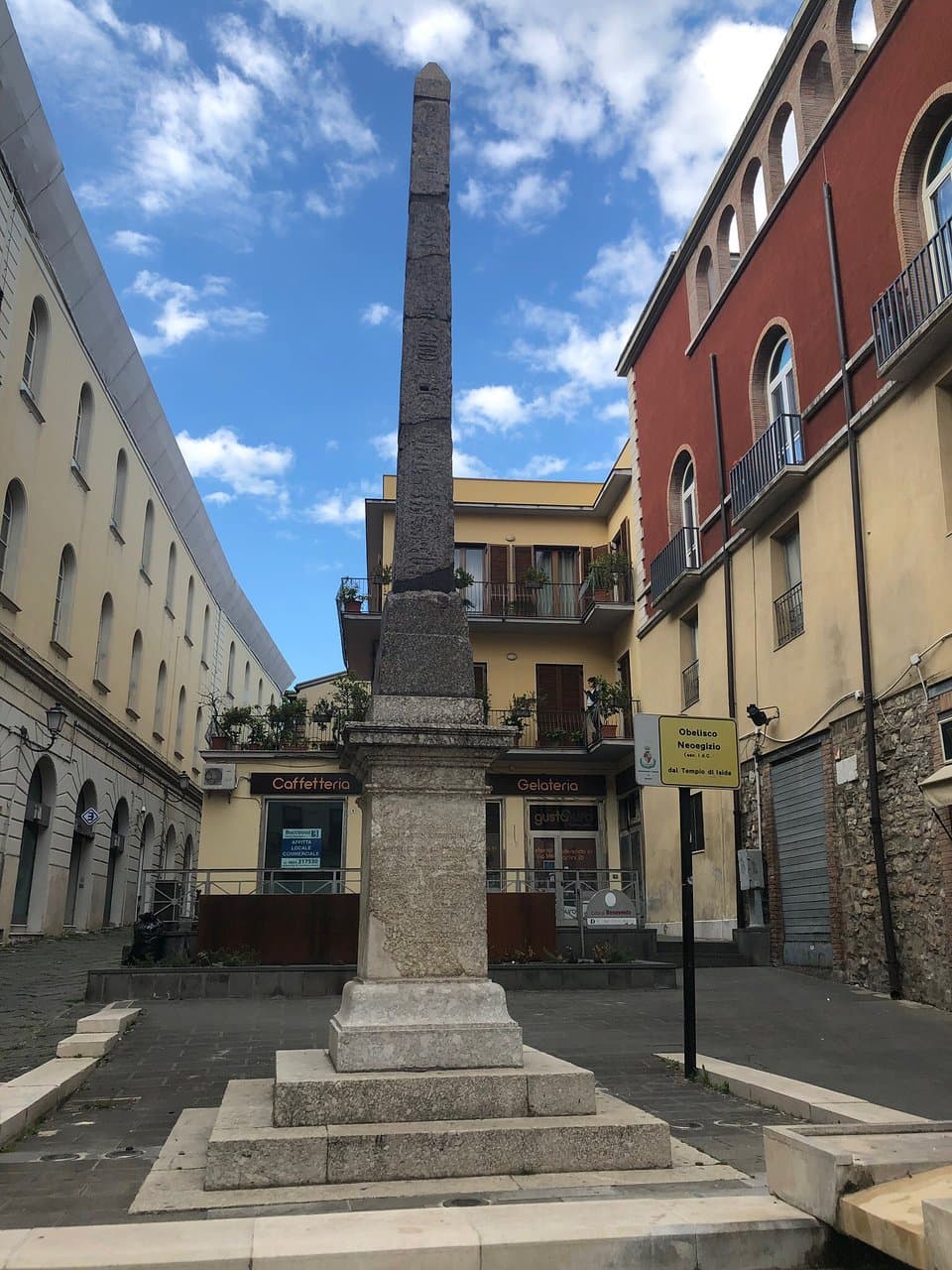
Egyptian Obelisks
Towering ancient Egyptian monoliths, symbols of divine power and pharaonic might, now scattered across the globe.

Highlights
Must-see attractions

Social
From TikTok & Reddit
Best Time
Beat the crowds and heat.

Egyptian Obelisks
Best Time
Beat the crowds and heat.

Highlights
Must-see attractions
Towering ancient Egyptian monoliths, symbols of divine power and pharaonic might, now scattered across the globe.
"These ancient Egyptian obelisks are awe-inspiring testaments to engineering and artistry, found from Rome to New York."

🌍 Global Treasures
Many Egyptian obelisks are found outside Egypt, gifted to cities worldwide.
🧐 Hieroglyphic Stories
Look closely at the hieroglyphs; they tell tales of pharaohs, gods, and ancient power.
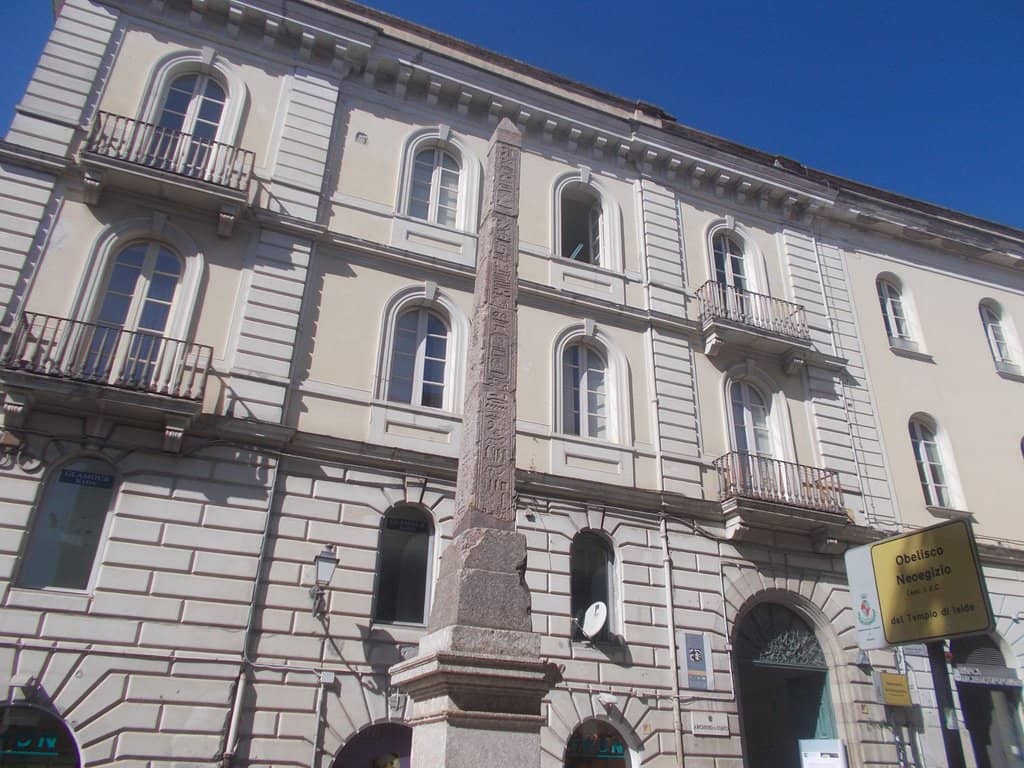
Highlights
Discover the most iconic attractions and experiences

The Unfinished Obelisk of Aswan
Aswan, Egypt
Witness the colossal scale of ancient Egyptian ambition at this massive, unfinished granite monolith.
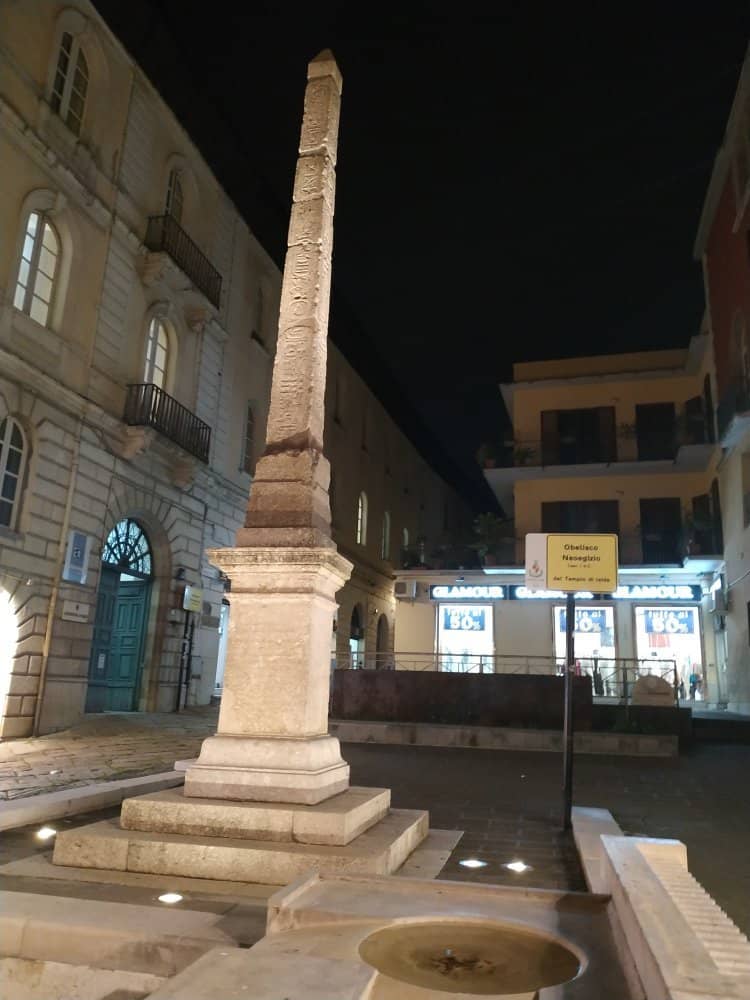
Cleopatra's Needle
London, UK & Central Park, NYC, USA
These ancient Egyptian obelisks, gifted to Western cities, stand as testaments to a bygone era.

Obelisks of Rome
Rome, Italy
Rome boasts more Egyptian obelisks than any other city, a stunning fusion of ancient Egyptian and Roman history.

Karnak Temple Obelisks
Karnak Temple Complex, Luxor, Egypt
Marvel at the towering obelisks dedicated to pharaohs and gods, intricately carved with hieroglyphs.
Plans like a pro.
Thinks like you
Planning Your Visit
Global Footprint of Egyptian Obelisks
Unlocking Ancient Secrets
Best Times
Insider Tips
from TikTok, Instagram & Reddit
🌍 Global Treasures
Many Egyptian obelisks are found outside Egypt, gifted to cities worldwide.
🧐 Hieroglyphic Stories
Look closely at the hieroglyphs; they tell tales of pharaohs, gods, and ancient power.
🏗️ Engineering Marvels
Consider the incredible feat of quarrying, carving, and transporting these massive stone structures.
🏛️ Historical Context
Understand their original purpose as monuments to the sun god Ra and symbols of divine power.
Tips
from all over the internet
🌍 Global Treasures
Many Egyptian obelisks are found outside Egypt, gifted to cities worldwide.
🧐 Hieroglyphic Stories
Look closely at the hieroglyphs; they tell tales of pharaohs, gods, and ancient power.
🏗️ Engineering Marvels
Consider the incredible feat of quarrying, carving, and transporting these massive stone structures.
🏛️ Historical Context
Understand their original purpose as monuments to the sun god Ra and symbols of divine power.
What Travellers Say
Reviews Summary
Visitors are consistently amazed by the scale, craftsmanship, and historical significance of Egyptian obelisks, both in Egypt and abroad. The intricate hieroglyphs and the engineering feats involved in their creation and transport are frequently highlighted as awe-inspiring. Some find the sheer number of obelisks in cities like Rome overwhelming but fascinating. A minor point of contention can be the naming conventions, with 'Cleopatra's Needle' being a historical misnomer.
"You will find it on the main shopping street running through the town."
Legends l
"Very well restored and easy to access amongst some great historic sites in the small city of Bunevento"
Daniel Santosuosso
"Rome and agypt together"
Francesco Iapozzuto
What People Like
What People Dislike
Frequently Asked Questions
🚇 🗺️ Getting There
Egyptian obelisks are scattered across the globe! Major cities like Rome (with 13!), London, Paris, and New York City have prominent examples. Look for 'Cleopatra's Needle' in London and Central Park, or explore the many obelisks in Rome.
The transportation of these ancient Egyptian monoliths was an incredible feat. They were often moved via barges on the Nile River and then shipped across the Mediterranean Sea. The exact methods for moving them overland and erecting them remain a subject of fascination and study.
Yes, France has at least one significant Egyptian obelisk: the Luxor Obelisk, located in the Place de la Concorde in Paris. It was gifted to France in the 19th century.
For obelisks within Egypt, flying into Cairo, Luxor, or Aswan is common. From there, local transport like taxis or guided tours can take you to sites like Karnak Temple or the Unfinished Obelisk.
Absolutely! Central Park is home to Cleopatra's Needle, an ancient Egyptian obelisk gifted to the city in 1875. It's a fascinating piece of history right in Manhattan.
🎫 🎫 Tickets & Entry
Cleopatra's Needle in London is a public monument and can be viewed freely. Similarly, the obelisk in Central Park, NYC, is accessible without an entrance fee.
Karnak Temple Complex typically opens early and closes in the evening. It's best to check the official Egyptian Ministry of Tourism and Antiquities website for the most current hours, as they can vary seasonally.
Yes, the Unfinished Obelisk site in Aswan usually requires an entrance fee. It's advisable to check current ticket prices before your visit.
The Grand Egyptian Museum (GEM) features an obelisk as part of its grand staircase display, alongside statues of kings and queens. Booking tickets in advance is recommended.
Most of the Egyptian obelisks in Rome are located in public squares and are freely accessible. You can admire them as part of your city exploration.
🎫 🧭 Onsite Experience
The hieroglyphs often depict religious rituals, royal achievements, and dedications to gods like Ra. They tell stories of power, eternity, and divine connection. Look for cartouches (royal names) and depictions of deities.
Their sizes vary greatly. The Unfinished Obelisk in Aswan, if completed, would have been around 42 meters long and weighed over 1,200 tons. Others, like Cleopatra's Needle, are also substantial monuments.
The tall, slender, four-sided shape, tapering to a pyramidal top, is known as a 'tekhenu' in ancient Egyptian. It symbolized the sun's rays and was associated with the sun god Ra.
The precision of the carvings, especially on granite, has led to speculation. Some believe they used harder stones or even advanced techniques not fully understood today, as copper tools might not have been sufficient for such detailed work on hard stone.
The name 'Cleopatra's Needle' is a misnomer; these obelisks predate Cleopatra and were erected by Pharaoh Thutmose III and later Pharaoh Ramesses II. The name became popular in the West.
📸 📸 Photography
Early morning or late afternoon offers the best light for photography, creating dramatic shadows and highlighting the hieroglyphs. Golden hour can make the stone glow beautifully.
Generally, photography is allowed in public areas and at most historical sites. However, always check for specific signage regarding flash photography or drone usage, especially within temples or museums.
Try capturing the full height of the obelisk against the sky, or focus on close-ups of the intricate hieroglyphs. Including surrounding architecture or people can add scale and context.
Drone usage is often restricted in historical and archaeological sites in Egypt and many other countries. It's crucial to obtain permits and adhere to local regulations before flying a drone.
Iconic spots include the Pantheon's piazza, Piazza Navona, and St. Peter's Square, where obelisks stand as central features.
For Different Travelers
Tailored advice for your travel style
👨👩👧 Families with Kids
🏛️ History Buffs & Archaeologists
📸 Photographers & Art Lovers
Deep Dives
In-depth insights and expert knowledge
The Engineering and Transport of Obelisks
Moving these colossal stones from quarries, often miles inland, to the Nile River required immense manpower and ingenious solutions. They were likely transported on sledges over prepared tracks and then loaded onto massive barges for riverine transit. The journey across the Mediterranean to cities like Rome or Paris was even more complex, involving specialized ships and careful navigation. The precision required to erect them at their final destinations, often with minimal tools by modern standards, continues to inspire awe and debate among historians and engineers.
The ability to quarry, transport, and erect these massive stone structures without modern machinery highlights the advanced knowledge and organizational skills of the ancient Egyptians. The fact that many of these obelisks still stand today, centuries later, is a testament to their enduring construction and the skill of their creators.
Obelisks as Symbols of Power and Divinity
Beyond their religious significance, obelisks were potent symbols of royal power and authority. They proclaimed the pharaoh's connection to the gods and their ability to command vast resources and labor. When these obelisks were gifted or taken as spoils of war by other empires, such as Rome, they served to legitimize the conqueror's power by association with the prestige of Egyptian civilization. This appropriation of Egyptian symbols by foreign powers underscores the enduring allure and perceived strength associated with these ancient monuments.
The obelisk's enduring presence in both ancient and modern landscapes speaks to its powerful symbolism of eternity, divine connection, and imperial might. Their scattered presence across the globe is a constant reminder of Egypt's historical influence and the universal human desire to commemorate power and legacy.
The Global Dispersal of Egyptian Obelisks
Other major cities also feature these iconic structures. London and Paris received significant obelisks as diplomatic gifts in the 19th century, with Cleopatra's Needle in London and the Luxor Obelisk in Paris being prime examples. New York City's Central Park also houses an obelisk, further illustrating this widespread presence. The reasons for their removal and relocation varied, from showcasing imperial power to a desire to preserve and display these historical artifacts in prominent Western capitals.
The presence of Egyptian obelisks worldwide is a tangible link to ancient history, sparking curiosity and connecting diverse cultures through shared archaeological heritage. Their journey across continents is a story in itself, reflecting shifting global powers and enduring fascination with ancient Egypt.
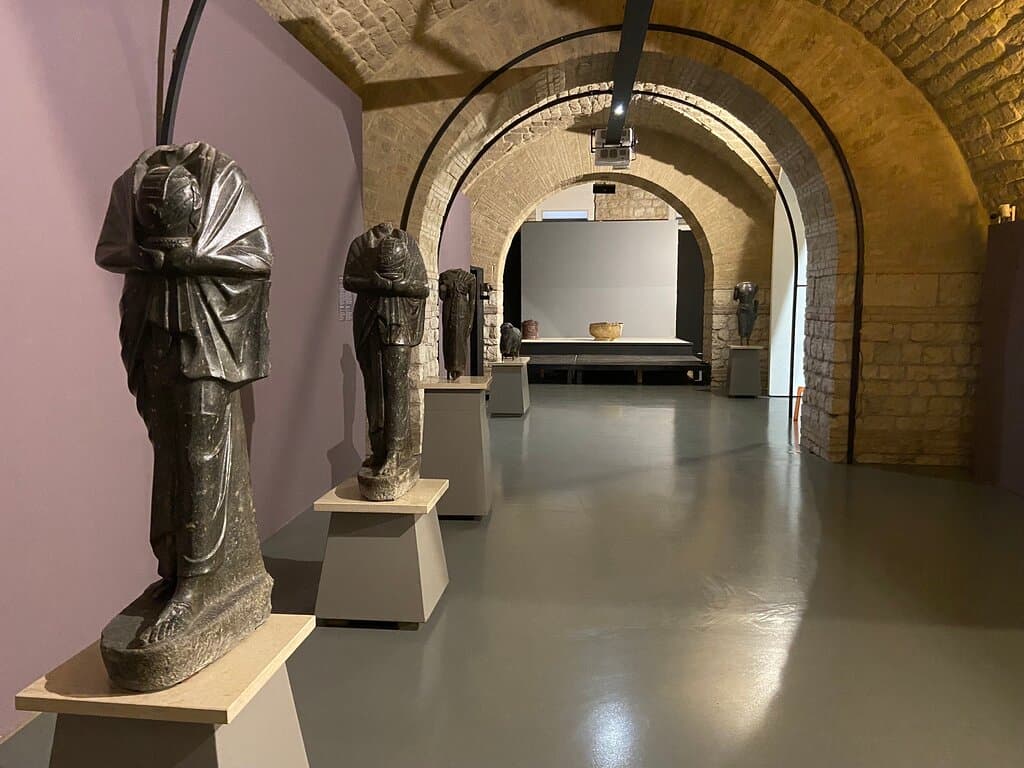

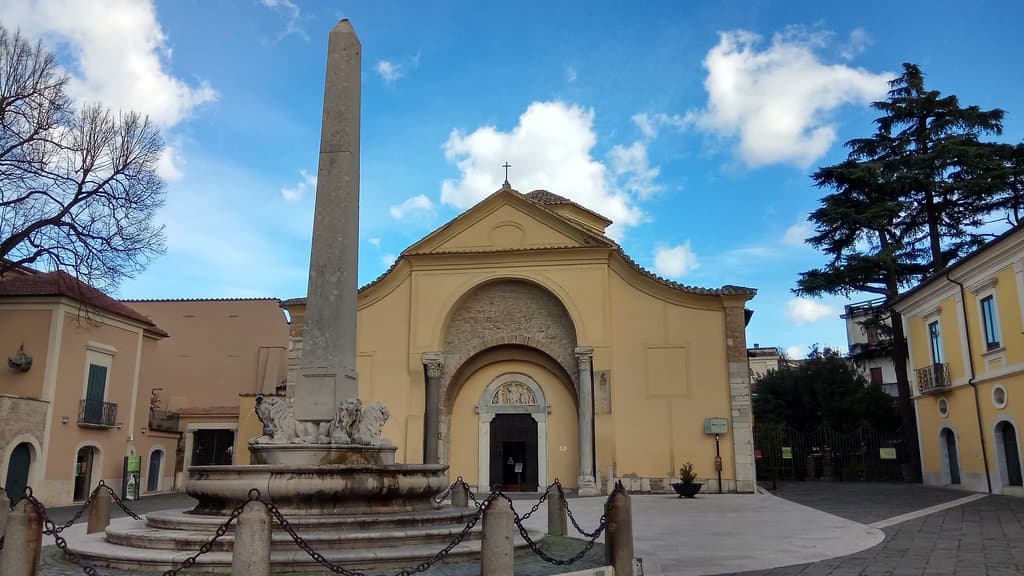


Social
from TikTok, Instagram & Reddit